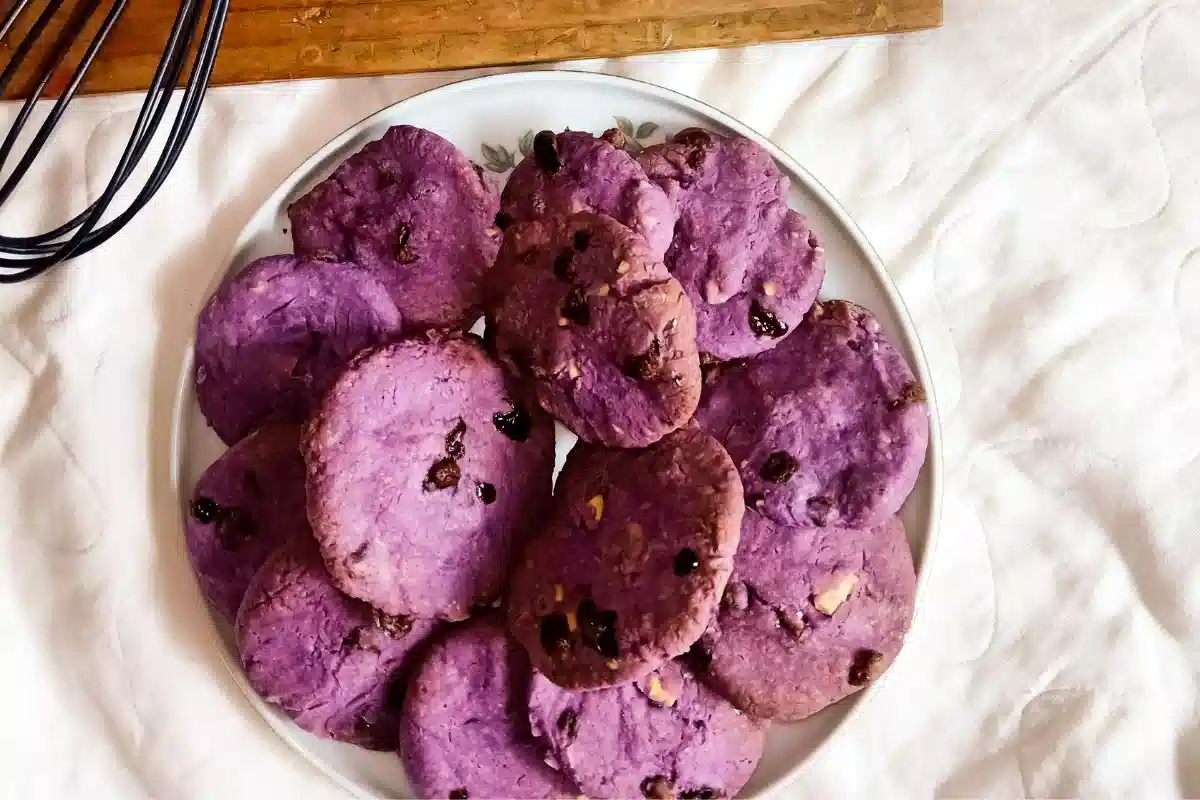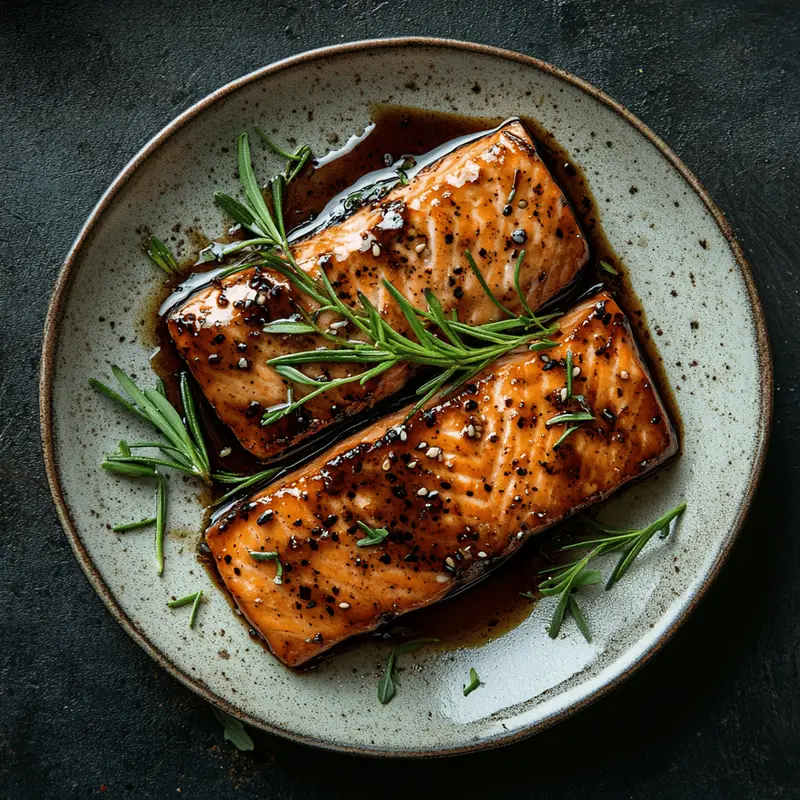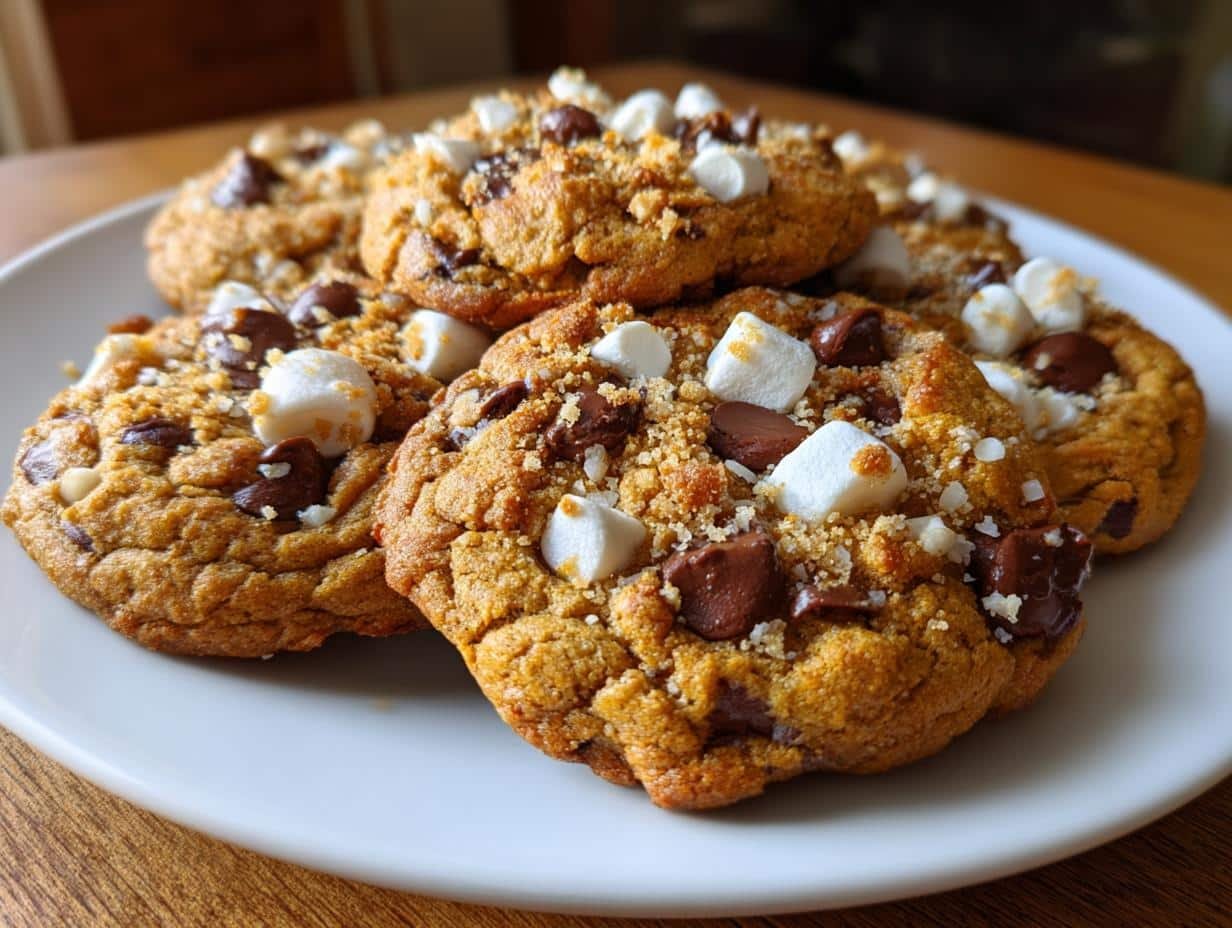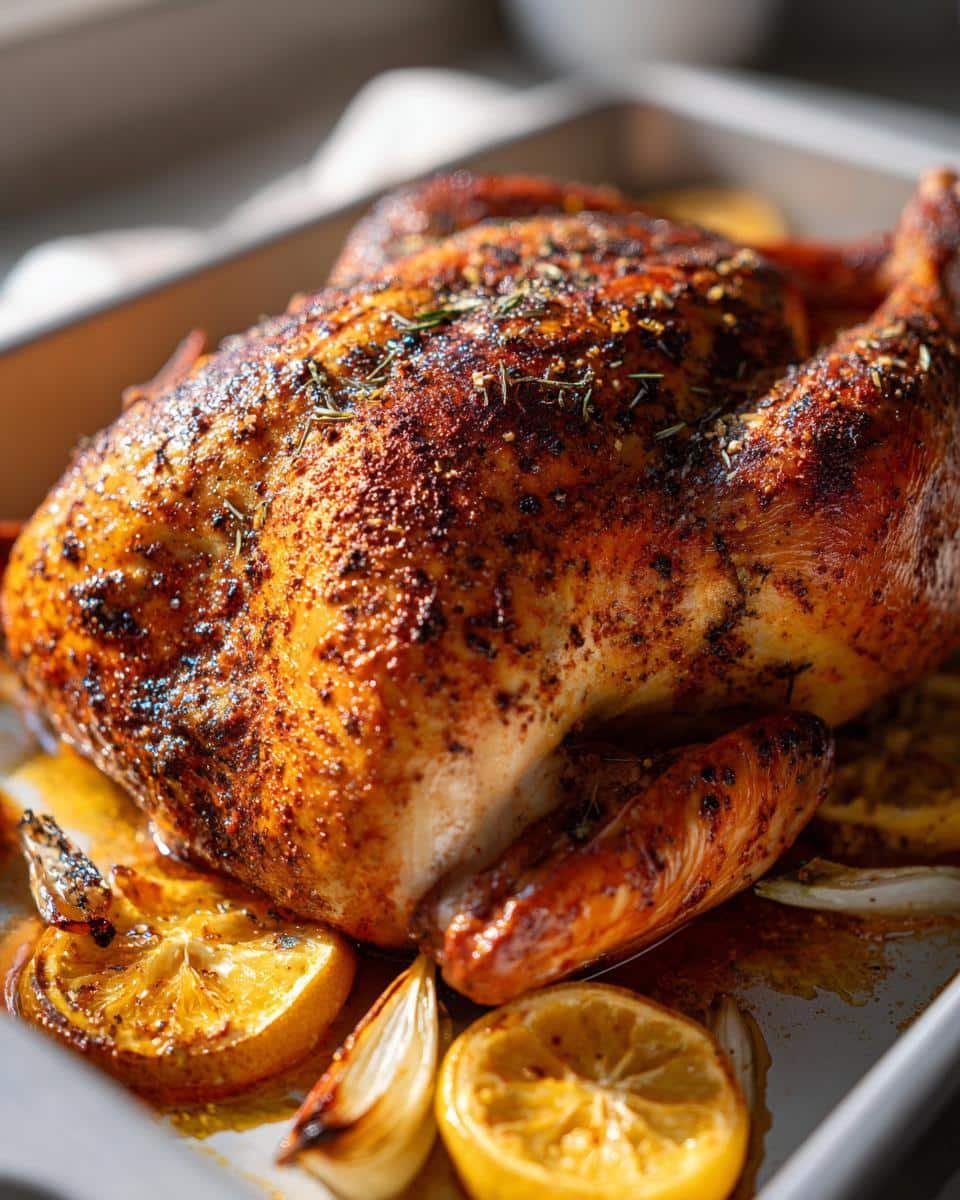Ube cookies, with their vibrant purple hue and unique sweet taste, have been making waves in the culinary world, especially among enthusiasts of Filipino cuisine and adventurous bakers looking to explore flavors beyond the ordinary. These delightful treats, rooted in the rich culinary traditions of the Philippines, offer a taste that’s as intriguing as their appearance. Made from ube, a type of purple yam that’s a staple in Filipino desserts, ube cookies blend the traditional with the modern, creating a cookie that’s not just a treat for the taste buds but also a feast for the eyes. In this article, we’ll dive deep into the world of ube cookies, from understanding what ube is, to baking your own batch of these delicious cookies, and even exploring variations to keep your cookie jar constantly stocked with these purple delights. So, let’s get started on this culinary journey that promises to be as educational as it is delicious.
Part 1: Introduction to Ube Cookies
What Are Ube Cookies?
Ube cookies, oh, where do we start? Imagine taking a bite into a soft, chewy cookie that not only satisfies your sweet tooth but also surprises you with its unique flavor profile. That’s what ube cookies are all about. These cookies are made from ube halaya (ube jam) or ube extract, giving them a distinctive purple color and a flavor that’s a delightful cross between vanilla and pistachio. It’s like a flavor party in your mouth, and everyone’s invited!
The Popularity of Ube in Baking
Now, you might be wondering, why all the fuss about ube? Well, let me tell you, ube has become the belle of the baking ball for good reasons. Its natural sweetness and vibrant color have made it a favorite among bakers and dessert lovers alike. From ube halaya to ube pancakes, this Filipino yam has taken the dessert world by storm, and ube cookies are at the forefront of this delicious revolution. They’re not just cookies; they’re a statement—a delicious declaration of love for all things ube.
So, there you have it, the beginning of our deep dive into the world of ube cookies. Stay tuned as we peel back the layers of this purple yam, uncovering the secrets to baking the perfect batch of ube cookies and exploring the myriad ways to enjoy this Filipino favorite. Whether you’re a seasoned baker or a curious foodie, there’s something magical about ube cookies that’s bound to captivate your heart and your taste buds. Let’s embark on this purple-hued journey together, shall we?
Part 2: The Unique Ingredient – Ube
What is Ube?
Dive into the heart of these cookies, and you’ll find ube—a vibrant purple yam, hailing from the Philippines, that’s taking the culinary world by storm. Unlike anything you’ve tasted, ube boasts a sweet, slightly nutty flavor, reminiscent of a cross between vanilla and pistachio. It’s this unique taste and eye-catching color that have made ube a beloved ingredient in Filipino desserts and now, a global sensation in baking and cooking. From traditional ube halaya, a jam-like concoction, to modern twists in cakes and ice creams, ube’s versatility is truly remarkable.
Ube vs. Taro: Clearing the Confusion
Now, let’s clear up a common mix-up: ube and taro. While both share a place in the world of purple foods, they’re as different as chalk and cheese. Taro, often used in savory dishes, has a white flesh with purple specks and a more starchy, less sweet flavor. Ube, on the other hand, is all about sweetness and that deep purple allure. It’s crucial to know this distinction because using one in place of the other can lead to some unexpected results in your baking adventures. So, when you’re reaching for that jar of ube halaya or a bottle of ube extract, remember, it’s the sweet, purple yam you’re after, not its starchy cousin, taro.
Embarking on the journey of baking ube cookies, understanding ube’s essence is key. This unique ingredient not only adds a pop of color to your desserts but also introduces a flavor that’s both exotic and comforting. As we continue to explore the world of ube cookies, keep in mind the magic ingredient that sets them apart. Whether you’re a seasoned baker or just starting out, the adventure of working with ube promises to be as colorful and exciting as the desserts it creates. Stay tuned as we delve into the art of baking ube cookies, where we’ll share recipes, tips, and tricks to help you master these delightful treats.
Part 3: Ube Cookies Recipe
Ingredients for Ube Cookies
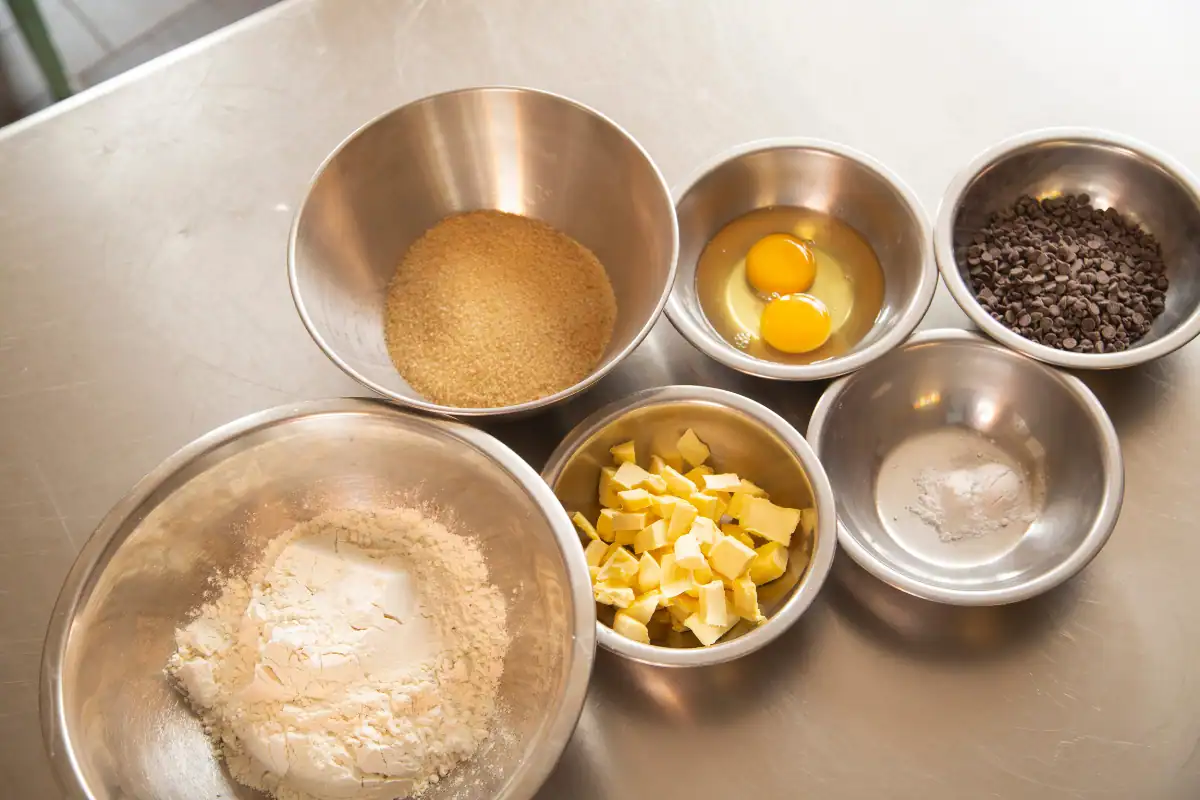
Before we roll up our sleeves and dive into the dough, let’s gather our cast of characters. For these ube cookies, you’ll need:
- All-purpose flour: The foundation of our cookies, giving them structure.
- Baking powder: Our leavening agent, ensuring our cookies rise to the occasion.
- Kosher salt: Just a pinch, to balance the sweetness.
- Unsalted butter: For that rich, melt-in-your-mouth texture.
- Granulated sugar: To sweeten the deal.
- Large egg: Binding our ingredients together in sweet harmony.
- Ube halaya (ube jam): The star of the show, infusing our cookies with that signature ube flavor and color.
- Purple food coloring: To enhance the vibrant hue of our cookies.
- Ube extract: For an extra burst of ube flavor.
- Pure vanilla extract: Adding a layer of depth to our cookie’s flavor profile.
- Confectioners’ sugar: For a sweet finish.
Step-by-Step Baking Instructions
- Prep Work: Start by preheating your oven to 350°F (175°C) and lining your baking sheets with parchment paper. This little bit of prep work makes all the difference.
- Whisk the Dry Ingredients: In a medium bowl, whisk together the flour, baking powder, and salt. This ensures our cookies have a light, even texture.
- Cream Butter and Sugar: In a large bowl, beat the butter and granulated sugar until light and fluffy. This step is key for creating that irresistible cookie crumb.
- Add the Egg and Flavors: Mix in the egg, followed by the ube halaya, ube extract, and vanilla extract, until well combined. Here’s where the magic happens, and our cookies start to take on their unique ube personality.
- Combine Dry and Wet Ingredients: Gradually add the dry ingredients to the wet, mixing until just combined. Remember, overmixing is the enemy of soft, chewy cookies.
- Shape and Bake: Scoop the dough into balls, roll them in confectioners’ sugar, and place them on your prepared baking sheets. Bake for 10-12 minutes, or until the cookies are just set but still soft in the center.
- Cool: Let the cookies cool on the baking sheet for a few minutes before transferring them to a wire rack to cool completely. Patience, my friend, is a virtue.
Tips for Perfect Ube Cookies
- Chill the Dough: If the dough feels too sticky to handle, pop it in the fridge for about 30 minutes. This makes it easier to work with and helps prevent the cookies from spreading too much.
- Generous with the Confectioners’ Sugar: Don’t be shy when rolling your dough balls in confectioners’ sugar. A generous coating gives them that classic crinkle look and a sweet, crisp exterior.
- Monitor the Oven: All ovens are a bit different, so keep an eye on your cookies towards the end of the baking time. They should still be soft in the center when you take them out; they’ll firm up as they cool.
And there you have it, a step-by-step guide to making the most delightful ube cookies. Whether you’re baking a batch for a special occasion or just because, these cookies are sure to bring a smile to anyone’s face. So, preheat your oven, and let’s get baking!
Part 4: Variations of Ube Cookies
Exploring variations of ube cookies is like opening a treasure chest of flavors and textures. Each variation offers a new way to enjoy the delightful taste of ube, ensuring that there’s always something exciting to bake and share. Let’s dive into a couple of popular twists that can add an extra layer of deliciousness to your ube cookie experience.
Ube Crinkle Cookies
Ube crinkle cookies are a sight to behold with their bright purple hue peeking through the powdery white of the confectioners’ sugar. They’re not just pretty; their texture and taste are equally impressive. Here’s how to give your ube cookies that classic crinkle look and an extra crunch:
- Adjust the Dough: To achieve the perfect crinkle effect, the dough should be slightly thicker than your standard cookie dough. Consider reducing the amount of butter slightly or adding a bit more flour.
- Chill the Dough: Chilling the dough not only makes it easier to handle but also enhances the crinkle effect as the chilled dough expands in the oven.
- Roll Generously in Confectioners’ Sugar: Before baking, roll your dough balls first in granulated sugar and then in confectioners’ sugar. The granulated sugar layer prevents the confectioners’ sugar from melting into the dough, ensuring a stark, beautiful contrast.
Ube White Chocolate Chip Cookies
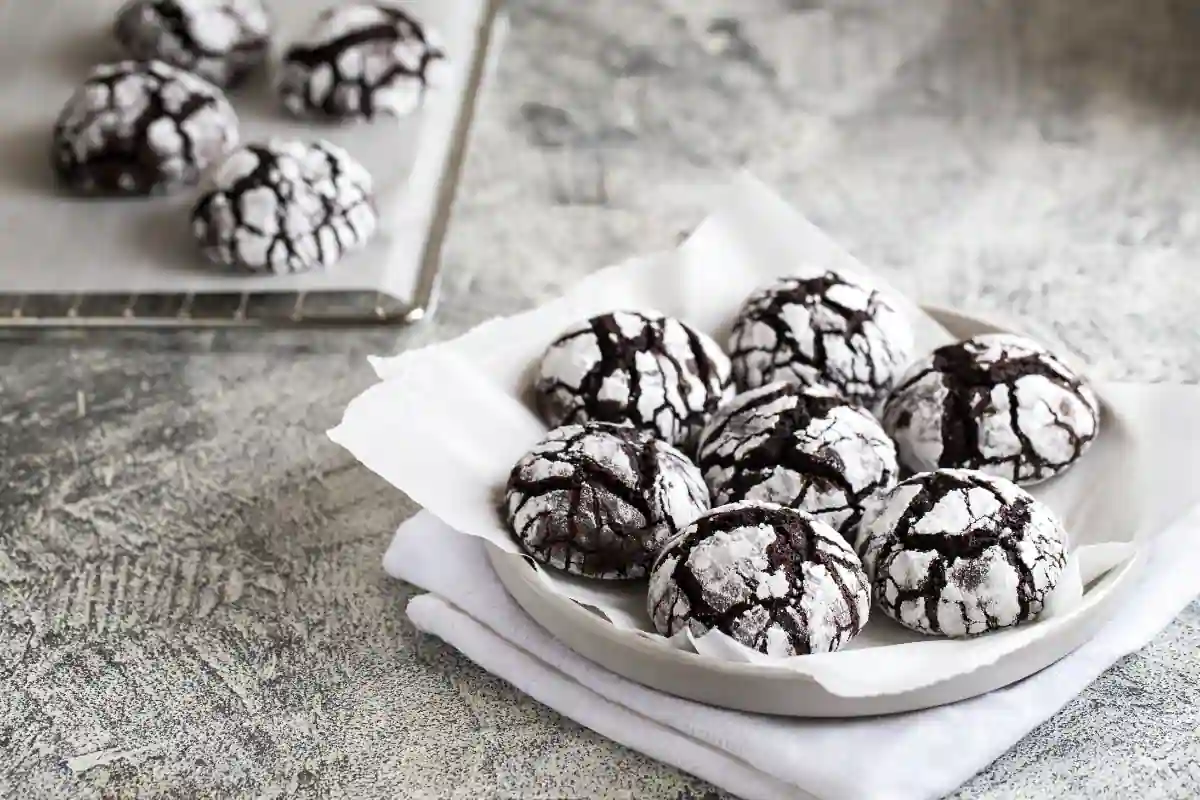
For those who love a good chunk in their cookies, adding white chocolate chips to your ube cookies creates a delightful play of flavors and textures. The creamy sweetness of white chocolate pairs beautifully with the subtle, earthy notes of ube, making each bite a little piece of heaven.
- Add White Chocolate Chips: Fold in a generous cup of white chocolate chips into your cookie dough after mixing in the dry ingredients. The chips not only add sweetness but also a lovely texture contrast.
- Bake with Care: Keep an eye on your cookies as they bake. White chocolate can burn easily, so it’s crucial to bake them just until they’re set but still soft in the middle.
- Let Them Cool: Allow the cookies to cool on the baking sheet for a few minutes before transferring them to a wire rack. This resting period helps the white chocolate chips set, ensuring they’re perfectly gooey when you bite into them.
These variations on the classic ube cookie recipe offer fun and delicious ways to enjoy this unique ingredient. Whether you prefer the aesthetic appeal and texture of crinkle cookies or the rich, creamy bursts of white chocolate, there’s an ube cookie variation out there for you. So why not experiment and find your favorite way to bake with ube?
Part 5: Serving and Storage
Once you’ve mastered the art of baking ube cookies, whether they’re the classic version, crinkle, or studded with white chocolate chips, the next step is to present and preserve them in a way that maintains their delightful taste and texture. Let’s explore the best practices for serving and storing these purple treats, ensuring they remain as irresistible as the moment they came out of the oven.
How to Serve Ube Cookies
Serving ube cookies is more than just placing them on a plate; it’s about creating an experience. Here are a few tips to elevate the way you serve these cookies:
- Room Temperature is Key: Ube cookies taste best when served at room temperature. This allows the flavors to fully develop, offering a richer taste with each bite.
- Pair with Complementary Beverages: Enhance the ube experience by pairing the cookies with beverages that complement their unique flavor. A glass of cold milk, a cup of hot tea, or even a coffee can balance the sweetness and bring out the subtle nuances of the ube.
- Presentation Matters: Arrange the cookies on a colorful plate or a rustic wooden board to make the vibrant purple color pop. A little garnish, like a sprinkle of powdered sugar or edible flowers, can add an extra touch of elegance.
Storage Tips for Ube Cookies
Proper storage is crucial to maintaining the freshness and texture of your ube cookies. Here’s how to keep them tasting great for days:
- Cool Completely Before Storing: Ensure your cookies are completely cool before you store them. Warm cookies can create condensation in the storage container, leading to soggy cookies.
- Airtight Containers are Your Friends: Store your cookies in an airtight container to keep them fresh. If you’re stacking them, place a piece of parchment paper between each layer to prevent sticking.
- Room Temperature for Short-Term Storage: For short-term storage (a few days), keep your cookies in an airtight container at room temperature. This will help maintain their texture and flavor.
- Freezing for Longevity: If you want to keep your cookies for longer, freezing is an excellent option. Place them in a single layer on a baking sheet to freeze individually, then transfer them to a freezer-safe bag or container. They can last for up to 3 months frozen. When you’re ready to enjoy, let them thaw at room temperature or give them a quick warm-up in the oven.
By following these serving and storage tips, you can ensure that your ube cookies remain a delightful treat that can be enjoyed at their best, whether it’s just a day after baking or several weeks later. So, go ahead, bake a batch (or two) with confidence, knowing you’re equipped to serve and preserve them like a pro.
Part 6: FAQs
In the world of baking, especially when it comes to something as unique as ube cookies, questions abound. From inquiries about ingredients to troubleshooting baking mishaps, let’s address some of the most frequently asked questions. This section aims to clear up any confusion and help you perfect your ube cookie game.
Can I use fresh ube instead of ube extract?
Absolutely! If you have access to fresh ube, you can use it to make your own ube puree, which adds both color and flavor to your cookies. Boil the ube until tender, peel, then mash or blend until smooth. You might need to adjust the amount used in the recipe since fresh ube can have a more subtle flavor compared to concentrated ube extract. Experiment to find the right balance for your taste.
How do I achieve the perfect crinkle in my ube crinkle cookies?
The secret to that perfect crinkle effect lies in the dough’s consistency and the sugar coating. Make sure your dough is chilled so it doesn’t spread too quickly in the oven. Roll your dough balls first in granulated sugar and then in confectioners’ sugar. The granulated sugar layer prevents the confectioners’ sugar from being absorbed into the dough, ensuring a stark, beautiful contrast with those distinctive crinkle lines.
Can ube cookies be made gluten-free?
Yes, they can! Substitute the all-purpose flour with your favorite gluten-free flour blend. Look for a blend that’s meant to be a 1:1 replacement for all-purpose flour. Keep in mind, though, that different gluten-free flours can affect the texture and flavor of the cookies, so you may need to experiment a bit to find the perfect match.
How long can I store ube cookies?
When stored properly in an airtight container, ube cookies can last at room temperature for up to a week. For longer storage, you can freeze them for up to 3 months. Just make sure they’re completely cool before packing them away, and consider separating layers with parchment paper to prevent sticking.
Help! My ube cookies came out too flat. What did I do wrong?
Flat cookies can result from a few factors: the dough might have been too warm, the butter too soft, or too much sugar in the dough. Ensure your butter is at room temperature (not melted or overly soft) and chill your dough before baking to keep the cookies from spreading too much. Also, accurate measuring of ingredients is crucial to maintain the right balance between dry and wet components.
Can I add nuts or other mix-ins to my ube cookies?
Certainly! Feel free to customize your ube cookies with additions like chopped nuts, white chocolate chips, or even dried fruits. Just fold these into the dough after mixing in the dry ingredients. Keep the additions to about a cup to ensure the cookies maintain their structure and texture.
With these FAQs addressed, you’re well on your way to becoming an ube cookie expert. Remember, baking is as much about the journey as it is about the destination. So, don’t be afraid to experiment, adjust, and most importantly, enjoy the process. Happy baking!
Conclusion
Embarking on the journey of baking ube cookies is more than just a culinary adventure; it’s a celebration of flavor, color, and creativity. From understanding the unique ingredient at the heart of these cookies to mastering the art of baking them and exploring various delightful variations, we’ve covered a lot of ground. Whether you’re a seasoned baker or a curious newbie, the world of ube cookies offers endless possibilities to explore and enjoy.
Remember, the key to perfect ube cookies lies not just in following the recipes but also in embracing the process. Each step, from selecting the right ingredients to mixing, baking, and storing, contributes to the final outcome. And with the tips and tricks we’ve shared, you’re well-equipped to tackle any baking challenge that comes your way.
But beyond the technical aspects, baking ube cookies is about sharing joy. These vibrant treats are sure to bring smiles to faces, making them perfect for gatherings, gifts, or simply a treat to brighten your day. The unique flavor of ube, combined with the satisfaction of baking from scratch, creates a truly special experience.
So, as we wrap up this guide, I encourage you to don your apron, preheat your oven, and dive into the world of ube cookies. Experiment with flavors, add your personal touch, and most importantly, share the fruits of your labor with loved ones. After all, the best part of baking is seeing the joy it brings to others.
Happy baking, and may your kitchen always be filled with the sweet aroma of ube cookies!
However, considering the broader context of baking and dessert recipes, we can still suggest some internal linking opportunities that might complement the content of the article on ube cookies by enhancing the reader’s journey through related topics. Here are a
Few suggestions:
- Chocolate Olive Oil Cake: Given the unique flavor profile of ube cookies, readers interested in other distinctive desserts might appreciate this recipe. You could embed a link in the section discussing the versatility of ube in baking. For instance, in the sentence, “From ube halaya to ube pancakes, this Filipino yam has taken the dessert world by storm,” you could link “ube pancakes” to the Chocolate Olive Oil Cake page (Chocolate Olive Oil Cake) as a suggestion for another unique dessert.
- The Buttermilk Pancake House Experience: For readers intrigued by the idea of incorporating ube into breakfast items or those interested in exploring how traditional ingredients are used in restaurant settings, this article could provide valuable insights. A link could be placed in the introduction or conclusion, suggesting further reading on how traditional ingredients transform the dining experience. For example, “For more culinary adventures and how traditional ingredients like ube transform dining, explore our Buttermilk Pancake House Experience” (The Buttermilk Pancake House Experience).
- Small Batch Chocolate Chip Cookies: Readers interested in baking cookies might be looking for more recipes to try. In the section discussing variations of ube cookies, you could suggest exploring other cookie recipes, such as “For those who love experimenting with cookie recipes, our Small Batch Chocolate Chip Cookies offer another delightful baking adventure” (Small Batch Chocolate Chip Cookies).
These suggestions aim to enhance the reader’s experience by offering them pathways to explore related content, thereby increasing their engagement with the website. While not directly related to ube, these links are strategically chosen to complement the interests of someone looking to explore a wide range of baking recipes and culinary experiences.
LSI and NLP Keywords
- Ube flavor
- Purple yam cookies
- Filipino desserts
- Ube halaya
- Crinkle cookies
- Ube extract
- Sweet potato cookies
- Baking with ube
- Ube dessert recipes
- Gluten-free ube cookies
- Ube and vanilla
- Ube baking tips
- Ube cookie variations
- Storing cookies
- Ube cookie dough
Recommended External Links
- Filipino Ube Halaya Recipe – For readers interested in making their own ube halaya at home. (Anchor text: “Filipino Ube Halaya Recipe”)
- The Difference Between Ube and Taro – To educate readers on the differences between ube and taro. (Anchor text: “The Difference Between Ube and Taro”)
- Gluten-Free Baking Tips – For readers looking to make gluten-free ube cookies. (Anchor text: “Gluten-Free Baking Tips”)
This outline and the additional elements provided should help you create a detailed, SEO-friendly article on ube cookies that engages and informs your audience.
